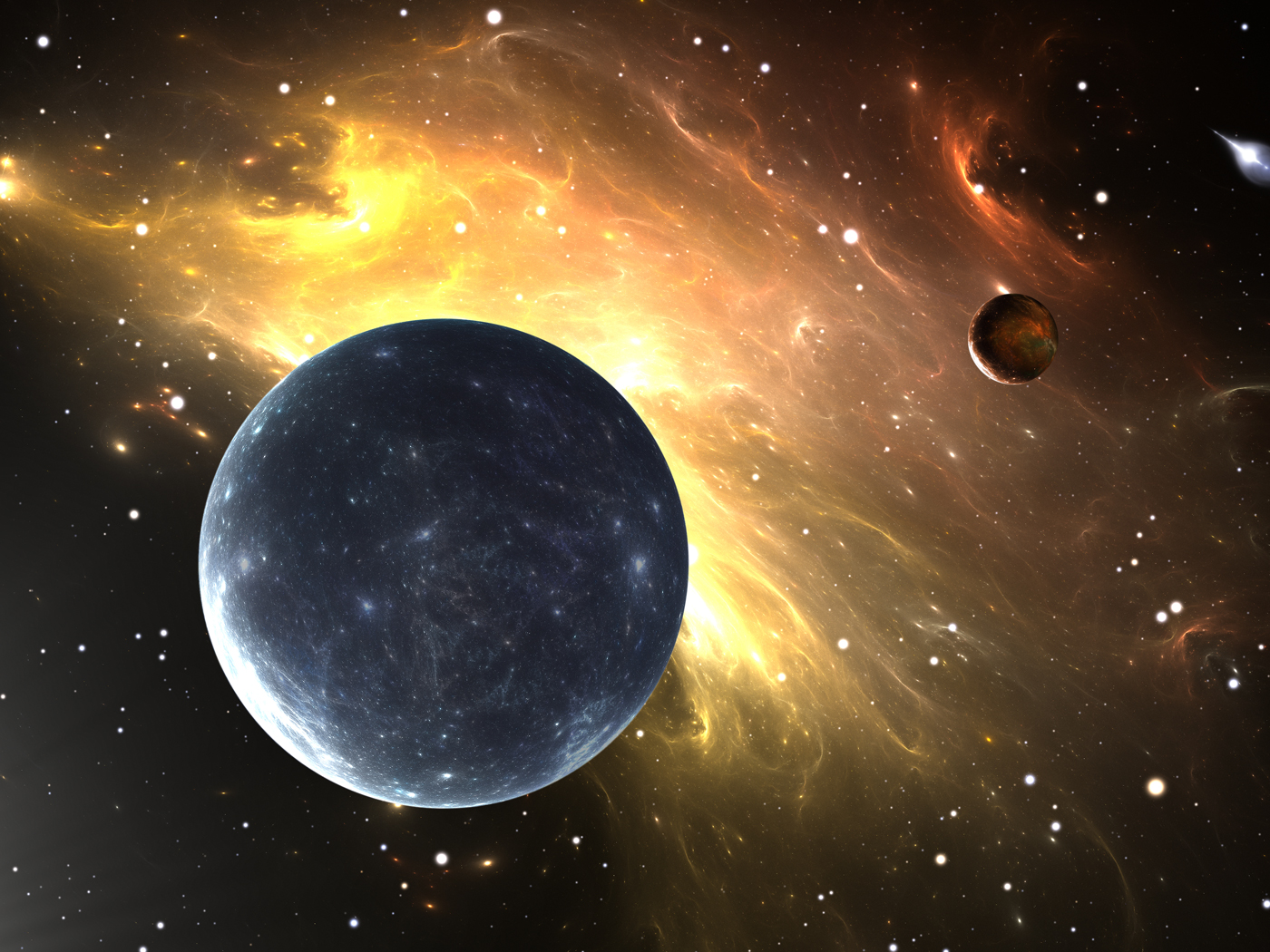British lawmakers have formally approved the use of animal-human hybrids for stem-cell research after months of bitter debate between Prime Minister Gordon Brown and a group of secular scientists against religious leaders and pro-life advocates.
The House of Commons’ 355-129 vote will allow the creation and destruction of hybrid embryos. Brown and the measure’s supporters believe the research will lead to new treatments for disorders such as Parkinson’s. The House also clarified laws regarding the manufacture of “savior siblings,” embryos that are selectively screened so that the resulting babies can provide transplant material for ailing older brothers and sisters.
Under the measure’s protection, researchers are allowed to inject empty cow or rabbit eggs with human DNA and apply a burst of electricity to trigger the regular cell division that forms embryos. They then hope to harvest stem cells, after which the embryos will be destroyed. “Scientists say the embryos would not be allowed to develop for more than 14 days and are intended to address the shortage of human eggs available for stem-cell research,” the Associated Press reported.1
Aside from the obvious moral and bioethical issues, the decision presents an evolutionary paradox. Recently, scientists reexamined a set of vials from the failed Miller-Urey experiment, which attempted to recreate the supposed processes that first brought organic life out of a handful of non-living chemicals.2 The researchers were surprised to find that the 50-year-old vials contained amino acids that had not originally been documented.3
The Miller-Urey experiment, as well as similar ones conducted over the decades, followed the same theoretical reasoning as that penned by Charles Darwin in a letter in which he proposed that life forms grew miraculously out of a “warm little pond, with all sorts of ammonia and phosphoric salts, lights, heat, electricity, etc.”4 In other words, non-living chemicals somehow produced favorable conditions to jumpstart life that began as simple cellular organisms and then gradually evolved into the amazing variety of living creatures we observe today.
If this is the case, then Britain’s Parliament has voted to create and destroy the very beginnings of life to which Darwin devoted a great deal of his energy and time to understand. If, millions of year ago, life was in the single cells supposedly created by a bolt of lightning in a puddle of ammonia and other materials, then life is also in the cells of the embryos—hybrid or not—slated for destruction in the name of “science.”
And this is yet another reason why the evolution story will never make sense. The theory of evolution gives no value to life, since it so easily allows for the wanton destruction of it. At the same time, it cannot escape the unexplained development of the simple cellular organisms that its purveyors have professed we all come from. Millions of years ago, 50 years ago, or even now, evolution is still a theory in conflict with itself at the terrible cost of human life.
References
- U.K. Approves Animal-Human Embryo Testing. Associated Press, October 23, 2008.
- Chang, K. From Old Vials, New Hints on Origin of Life. The New York Times. Posted on NYTimes.com October 16, 2008, accessed October 21, 2008.
- For more information on this discovery, see Thomas, B. Origin of Life Research Still Dead. ICR News. Posted on icr.org October 27, 2008.
- Darwin, C. Written in 1871, published in 1887. The Life and Letters of Charles Darwin, including an autobiographical chapter, vol. 3. London: John Murray, 18.
* Ms. Dao is Assistant Editor.
Article posted on October 30, 2008.










